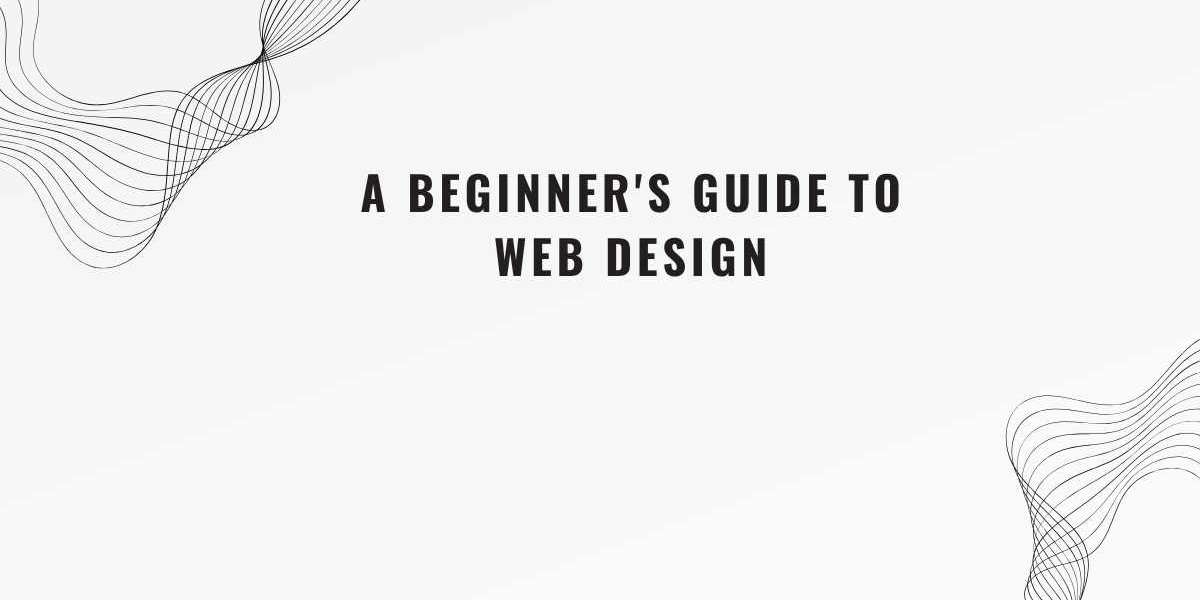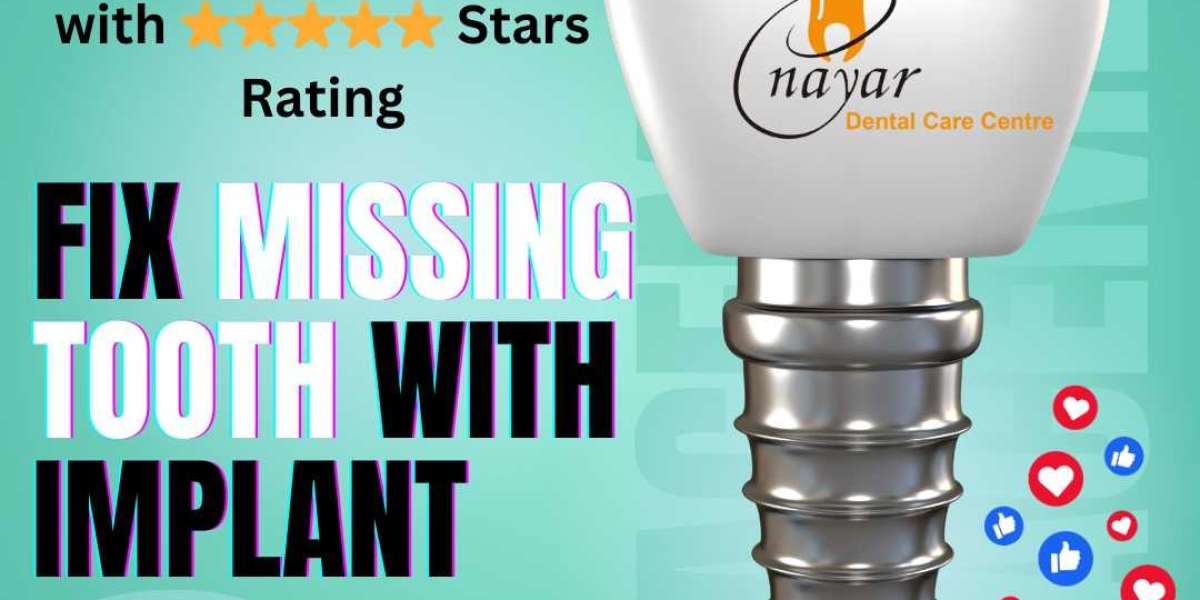Introduction
Web design is a fascinating field that combines creativity, technology, and user-centric thinking. In an increasingly digital world, a well-designed website is a must-have for businesses, entrepreneurs, and organizations. Whether you're a complete novice or someone looking to refine your skills, understanding the basics of web design can open up exciting opportunities. The best web design agency focuses on creativity and innovation.
This guide will provide a beginner-friendly introduction to web design, covering its essential elements, tools, techniques, and best practices to help you build websites that are visually appealing, functional, and user-friendly.
1. What is Web Design?
Web design refers to the process of creating and arranging the visual and functional elements of a website. It encompasses everything from the layout and color scheme to typography and interactive features. The goal is to create a site that is both aesthetically pleasing and easy to navigate for users.
Key Components of Web Design:
- Visual Design: Focuses on aesthetics, including layout, colors, fonts, and imagery.
- User Experience (UX): Ensures the website is intuitive and user-friendly.
- Responsive Design: Adapts the website to different devices and screen sizes.
- Functionality: Incorporates interactive features and seamless navigation.
2. Understanding the Basics of Web Design
a. Layout and Structure
The layout determines how information is organized on a webpage. Common structures include:
- Grid-based layouts: Provide a clean and balanced look.
- Single-page designs: Suitable for portfolios or landing pages.
- Multi-page designs: Ideal for blogs or e-commerce sites.
b. Typography
Typography refers to the use of fonts to enhance readability and convey personality. For beginners:
- Choose web-safe fonts like Arial or Roboto.
- Limit the use of font styles to 2-3 per website.
c. Color Theory
Colors evoke emotions and play a crucial role in branding. Tips for beginners:
- Use a limited color palette for consistency.
- Leverage online tools like Coolors to create harmonious color schemes.
d. Images and Multimedia
High-quality images and videos engage users but must be optimized for fast loading times. Free resources like Unsplash and Pexels offer a variety of images.
3. Tools for Web Design Beginners
Several tools are available to simplify the web design process for beginners:
a. Drag-and-Drop Builders
- Wix: User-friendly platform for simple websites.
- Squarespace: Great for portfolios and small business sites.
b. Design Tools
- Canva: Useful for creating graphics.
- Figma: Excellent for prototyping and collaborative design.
c. Content Management Systems (CMS)
- WordPress: Ideal for blogs and complex sites.
- Shopify: Perfect for e-commerce websites.
d. Coding Basics (Optional)
Understanding HTML, CSS, and JavaScript can give you more control over your designs. Platforms like Codecademy and freeCodeCamp offer free tutorials.
4. Best Practices in Web Design
a. Prioritize User Experience (UX)
- Keep navigation simple and intuitive.
- Ensure the website loads quickly (under 3 seconds).
b. Make It Mobile-Friendly
Responsive design ensures your site looks great on smartphones, tablets, and desktops. Use tools like Google’s Mobile-Friendly Test to check your site.
c. Focus on Accessibility
Websites should be usable for everyone, including individuals with disabilities.
- Add alt text for images.
- Use readable fonts and sufficient contrast.
d. Test Before Launch
Before publishing, test your website across different browsers (Chrome, Firefox, Safari) and devices to identify any issues.
5. Steps to Design Your First Website
Step 1: Define Your Goals
Determine the purpose of your website. Is it for showcasing a portfolio, running a blog, or selling products?
Step 2: Plan Your Layout
Sketch a rough layout or wireframe to visualize the placement of elements like headers, images, and CTAs (Call-to-Actions).
Step 3: Choose a Platform
Select a platform based on your needs and skills. Beginners may opt for website builders like Wix or WordPress.
Step 4: Customize Design Elements
Select templates and customize fonts, colors, and images to match your brand identity.
Step 5: Add Content
Write clear, engaging, and concise content for each webpage. Optimize it with keywords for better search engine visibility.
Step 6: Test and Optimize
Conduct usability tests and gather feedback to make improvements before launching.
6. Common Challenges and How to Overcome Them
a. Information Overload
Beginners often try to include too much on one page. Stick to a minimalist approach to keep the design clean.
b. Lack of Responsiveness
If your design doesn’t adapt well to mobile devices, it can frustrate users. Use responsive design tools and frameworks like Bootstrap.
c. Inconsistent Design
Avoid using mismatched fonts or colors. Maintain a consistent style guide throughout the website.
7. The Future of Web Design
Web design is constantly evolving, with emerging trends such as:
- AI-Driven Design: Tools that automate design processes based on user behavior.
- Dark Mode: A popular feature that reduces eye strain and saves battery life.
- Motion Graphics: Enhances interactivity with animations and transitions.
By staying updated with trends, you can ensure your designs remain relevant and impactful.
FAQs
1. Do I need coding skills to start web design?
No, many platforms like Wix and WordPress allow you to design websites without coding. However, learning HTML, CSS, and JavaScript can give you more flexibility.
2. How long does it take to design a website?
It depends on the complexity. A simple site might take a few hours, while a fully customized website could take weeks.
3. What’s the difference between web design and web development?
Web design focuses on the visual and user experience aspects of a website, while web development involves coding and building the site’s functionality.
4. What are the most important elements of a good website?
Key elements include intuitive navigation, fast loading speed, mobile responsiveness, and a visually appealing design.
5. How can I make my website stand out?
Use unique visuals, interactive elements, and compelling content to differentiate your website. Incorporating emerging trends like motion graphics can also add a modern touch.
6. Are free website builders good for beginners?
Yes, free builders like Wix and Weebly are excellent for beginners. However, they may have limitations in features and customization.
7. How often should I update my website?
Regular updates ensure your site stays relevant. Review and update content, features, and design at least every 6-12 months.
8. What is the importance of responsive design?
Responsive design ensures your website adapts to all devices, providing a seamless experience for users on desktops, tablets, and smartphones.
9. How much does it cost to design a website?
Costs vary depending on the tools used and the complexity of the website. DIY options can be free or inexpensive, while professional designs may range from $500 to $5000 or more.
10. Can I monetize my website?
Yes, websites can generate income through ads, affiliate marketing, e-commerce, and premium content subscriptions.
Conclusion
Web design is an essential skill for creating functional and visually appealing websites. By understanding its fundamental elements and best practices, beginners can build impactful websites that cater to diverse audiences. While starting can feel overwhelming, tools and resources available today make web design accessible to everyone.
With dedication and continuous learning, you can create websites that not only look great but also provide meaningful experiences for users. Whether you’re designing for personal use or professional purposes, the journey of web design offers endless creative possibilities.








